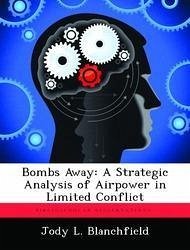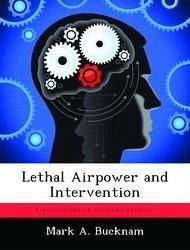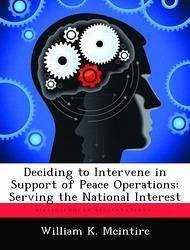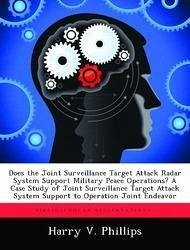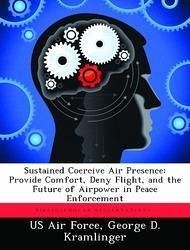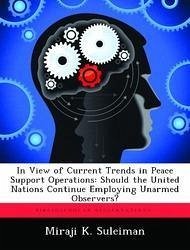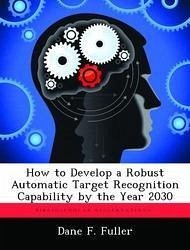Nicht lieferbar
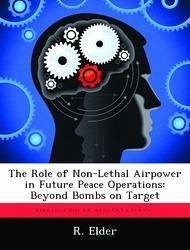
The Role of Non-Lethal Airpower in Future Peace Operations: Beyond Bombs on Target
Versandkostenfrei!
Nicht lieferbar
Due to a variety of forces, the interest in supplying U.S. ground forces in support of U.N. peacekeeping operations is at its lowest point since the end of the Cold War. The ignominious withdrawal of U.S. ground forces from Somalia in 1994 coupled with the relative success of U.S. airpower in recent conflicts such as ALLIED FORCE leaves a situation whereby the U.S. public views airpower as an "acceptable" panacea for solving these situations. Despite the limited validity of this belief, airpower might realistically be the only contribution that Congress is willing to authorize in a time when t...
Due to a variety of forces, the interest in supplying U.S. ground forces in support of U.N. peacekeeping operations is at its lowest point since the end of the Cold War. The ignominious withdrawal of U.S. ground forces from Somalia in 1994 coupled with the relative success of U.S. airpower in recent conflicts such as ALLIED FORCE leaves a situation whereby the U.S. public views airpower as an "acceptable" panacea for solving these situations. Despite the limited validity of this belief, airpower might realistically be the only contribution that Congress is willing to authorize in a time when the military is stretched fighting terrorism and possibly sustaining a long-term commitment in Afghanistan and Iraq. Despite the fact that U.S. airpower will be involved in peace operations, the nature of intrastate conflict in the Post-Cold War era where peace operations are likely to occur is vastly different than the symmetrical threats the U.S. Air Force is most suited to fight. Based on this, several authors have questioned whether airpower is still relevant in these situations where it is difficult to distinguish combatants from non-combatants. More important for airpower strategists is how to effectively use airpower when political restraints limit the application of lethal force. Given that airpower is the only contribution the U.S. might be willing to make, how can airpower be used effectively in peace operations? This work has been selected by scholars as being culturally important, and is part of the knowledge base of civilization as we know it. This work was reproduced from the original artifact, and remains as true to the original work as possible. Therefore, you will see the original copyright references, library stamps (as most of these works have been housed in our most important libraries around the world), and other notations in the work. This work is in the public domain in the United States of America, and possibly other nations. Within the United States, you may freely copy and distribute this work, as no entity (individual or corporate) has a copyright on the body of the work. As a reproduction of a historical artifact, this work may contain missing or blurred pages, poor pictures, errant marks, etc. Scholars believe, and we concur, that this work is important enough to be preserved, reproduced, and made generally available to the public. We appreciate your support of the preservation process, and thank you for being an important part of keeping this knowledge alive and relevant.





